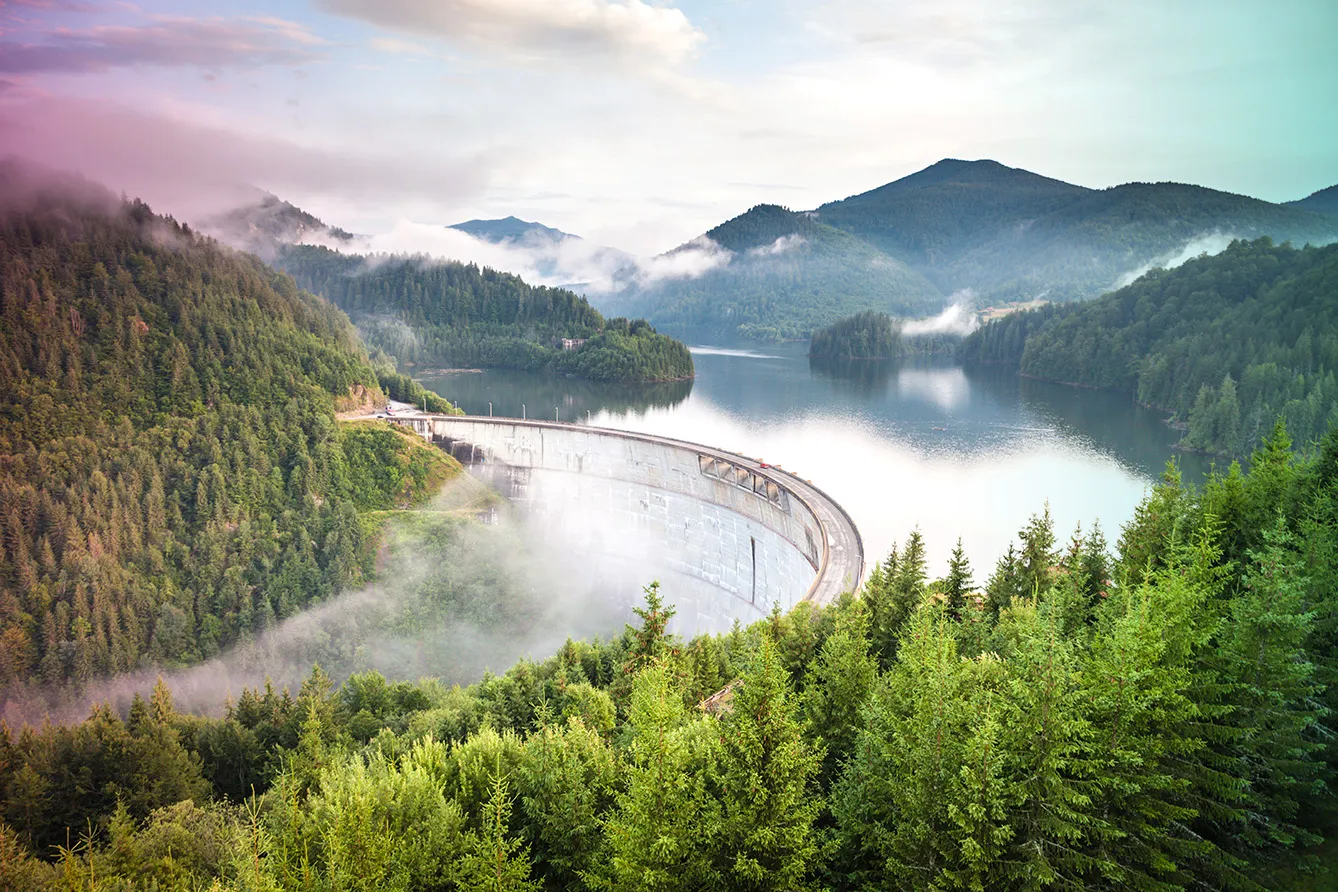As the EU’s model student in terms of energy policy, Romania was one of the few countries to fully meet the European Commission’s goal regarding a 15% reduction in gas consumption and maintaining storage of at least 80%. As the second-largest producer in the Bloc, it faced the winter with over three bln cubic meters of gas put aside. This reinforced confidence, and the dynamic energy environment began to shift with new investments, projects, and innovative measures in a bid to gain increased resilience.
Low reliance on Russian supplies
Similarly, being one of the EU’s lowest gas consumers, at 2.7 Mwh yearly per person (2.5% of the EU’s total or 11% of Germany) and producing 27 mln cubic meters every day, double its summertime needs and half its needs at the winter peak (55 mln), it is not hard to see how it retained a low reliance on Russian supplies in 2022 (15.5% – gas, 37% – oil and 11.8% – coal). In parallel, the high share of renewables in its energy mix meant that, when faced with disruptions caused by the war in Ukraine, the country sharply cut exports, increased production to 32 mln cubic meters, and partially restricted industrial demand, meaning that the public never faced shortfalls as acute as those in other European countries.
Despite these facts, the future might not be as bright, especially since on-shore gas reservoirs (roughly 100 bln cubic meters) are depleting on par with increased demand and a transition from coal to gas, meaning that by 2030 the country might import over 53% of its necessary if nothing changes. As such, through the National Energy Strategy 2020-2030 (some outlooks to 2050), Romania seeks to become the EU’s largest producer and sustain its demand at peak level for more than a decade by tapping into the roughly 200 bln cubic meters that lay in the Black Sea, with Neptune Deep (the biggest deposit) expecting to commence operations in 2027. In addition, building several LNG terminals on the coast should enable it to become a transportation hub too.
Regardless, one of the more stringent matters is electricity, seemingly found in Schrödinger’s state – 4.4 TW monthly produced in 2019 (double the necessary for peak consumption) yet becoming a net importer in the same year (although changing to an exporter in Q1 of 2023) – which makes experts ponder whether datasets meet reality. Meanwhile, Romania successfully capitalized its renewable resources with 208 hydrological plants, which accounted for 36.3% of its output in 2020, with an additional 24.1% photovoltaic and wind, 14.3% from hydrocarbon (biomass and gas), 7.7% from nuclear and the rest of 17.6% covered by coal (to be entirely replaced in a decade).
A green future
Racing to adopt green energy further, Romania opted for nuclear solutions, signing a deal with US partners to spearhead the first small modular reactor in the next five years and expand the Cernavodă 3 and 4 reactors by 2031 (expected to cover over 60% of the total needs). Moreover, to counteract its depleted oil reserves (less than 20 years remaining) and avoid further coal extraction (85 mln tons of oil equivalent, which would suffice for 104 years), the country wants to build eight new hydropower plants, double wind networks (with a potential for Black Sea parks of over 70,000 Mw), triple solar capacity, and develop new hydrogen or biomass plants, all expected to be completed by 2035.
Moreover, Romania could become a powerful energy anchor in the region, potentially helping European partners secure their needs. This will be possible if the country manages to increase its position in the export market, diversify its capacities and use political willpower to internationalize its routes. While some steps have been taken, like covering 90% of Moldova’s needs since last winter, signing several MoU (Memorandums of Understanding) to integrate several corridors (Vertical, Transbalcanic, BRUA, Turkish stream, etc.), hosting multilateral meetings with Azerbaijan, there are still far to go, especially when it comes to implementing its initiatives faster than the coming harsh winters.







